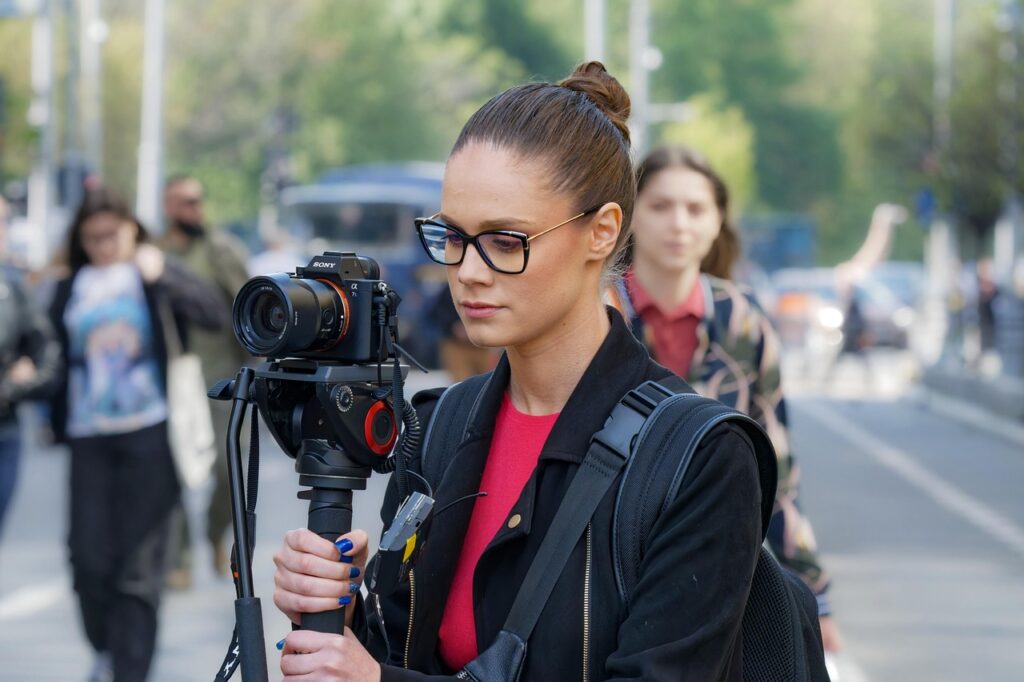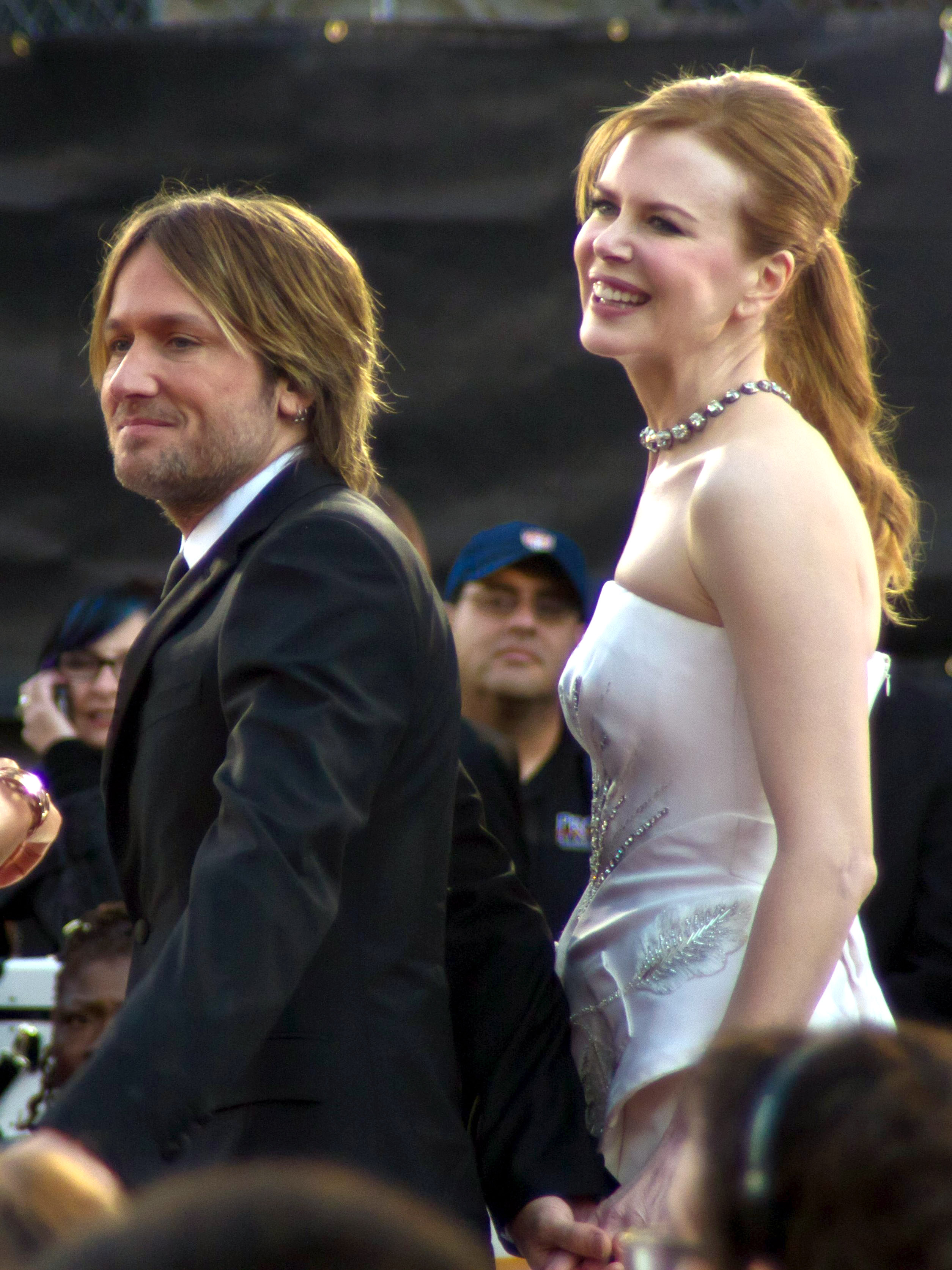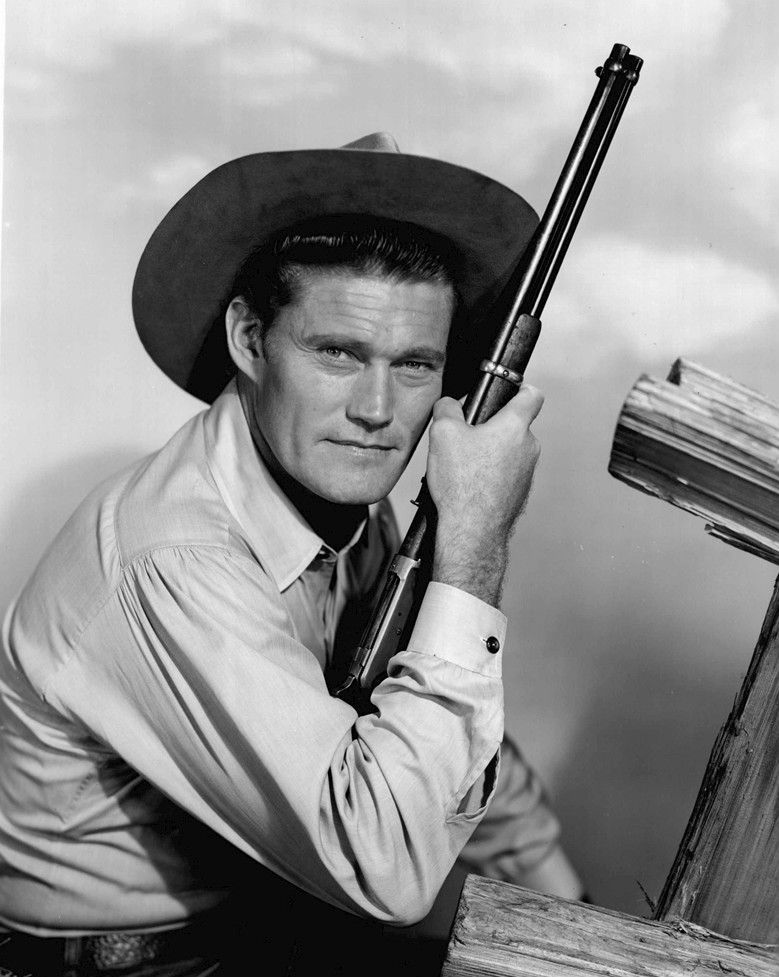NEW YORK — Toby Talbot, a revered figure whose profound dedication to cinema, alongside her husband, Dan, transformed the American cinematic landscape, died on September 15 at her home in Manhattan. She was 96. Her passing marks the end of an era for countless cinephiles who discovered the richness and diversity of global filmmaking through the pioneering efforts of the Talbots. The cause of her death was complications from Guillain-Barré syndrome, an autoimmune disease.
For more than six decades, Toby and Dan Talbot were at the forefront of a cultural revolution, shifting the perception of movies from mere popular entertainment to a respected art form deserving of serious consideration, much like literature or painting. Through their influential distribution company, New Yorker Films, and a constellation of Manhattan’s most significant art house cinemas, including The New Yorker Theater and Lincoln Plaza Cinemas, they championed a vast array of international and independent works. Their discerning taste and unwavering commitment introduced generations of audiences to the genius of filmmakers from around the world, fostering a deeper appreciation for cinematic storytelling in all its forms.
This article delves into the remarkable life and enduring legacy of Toby Talbot, exploring the pivotal moments and defining contributions that cemented her place as an impassioned promoter of art films. We will trace her journey from a native New Yorker with a love for movies to a central figure in the establishment of a vibrant art house culture, highlighting her vision, her partnerships, and the indelible mark she left on the world of film.

1. **A Life Dedicated to Cinema: Toby Talbot’s Origins and Early Partnership**Toby Talbot, born Toby Tolpen on November 29, 1928, in the Bronx, was a native New Yorker who would grow to become one of the most significant patrons of art house cinema. Her early life was rooted in a family history shaped by immigration; her parents, Joseph and Bella (Neger) Tolpen, were Jewish immigrants from Poland. Joseph Tolpen owned a window-washing company, while Bella oversaw the household. Toby’s upbringing in the Pelham Parkway section of the Bronx instilled in her a lifelong connection to the vibrant cultural pulse of New York City.
Her academic pursuits saw her graduate from Christopher Columbus High School before attending Queens College, where she earned a bachelor’s degree in 1949. It was during this period that her path intersected with Daniel Distenfeld, a man who would become her life partner and collaborator in their shared cinematic enterprise. They met on her way to a movie theater in the Bronx in 1949, a serendipitous encounter for someone described as an “inveterate moviegoer since childhood.”
Their shared passion for film blossomed, leading to their marriage in 1951. It was in this same year that Daniel Distenfeld adopted the surname Talbot, a decision his daughter Sarah later attributed to the prevalence of antisemitism within the publishing industry, where Dan worked as a book editor. In the 1950s, while Dan worked as an editor at Gold Medal Books, Toby also pursued her own intellectual interests, working as an editor and translator, laying the groundwork for a career that would encompass both cinematic and literary endeavors. This period of their lives, before the inception of their grand cinematic ventures, saw them cultivating their individual skills and a mutual appreciation for art and narrative.
2. **The New Yorker Theater: A Crucible for Cinematic Art**The Talbots’ foray into owning an art house cinema was a truly spontaneous affair, born not from meticulous planning but from a moment of shared inspiration during a road trip. Initially, the couple had been contemplating a different venture altogether – opening a bookstore in New Hampshire. As they drove north, scouting potential locations for this literary endeavor, their conversation naturally drifted to their profound love for movies, a passion that had defined their relationship since their first dates.
This discussion proved to be a pivotal turning point. Soon after, Toby Talbot’s sister and brother-in-law mentioned that their accountant had acquired a movie theater on Manhattan’s Upper West Side, known then as the Yorktown. Seizing the opportunity, the Talbots convinced the accountant to lease the theater to them, making a commitment that they would turn a profit within a year. This bold step marked the genesis of what would become the iconic New Yorker Theater.
In March 1960, the New Yorker Theater opened its doors, beginning its storied run with a double feature: Laurence Olivier’s acclaimed “Henry V” and the charming French short film “The Red Balloon.” This inaugural programming set the tone for the theater’s eclectic and sophisticated offerings, blending revered classics with compelling foreign releases. The theater quickly became a beloved destination, captivating both critics and the general public with its unique blend of cinematic artistry and cultural accessibility. It established itself not merely as a venue for film, but as a cultural institution.

3. **Crafting the Art House Experience: Ambience and Curatorial Vision**The success of the New Yorker Theater was not solely due to its exceptional film programming; it was also a testament to the immersive and welcoming atmosphere that Toby and Dan Talbot meticulously crafted. They transformed the former Yorktown into a distinct cinematic sanctuary, refurbishing it with 900 seats salvaged from the recently shuttered Roxy theater. This attention to detail extended to the theater’s decorative touches, which became as much a part of its allure as the films themselves.
A notable feature was the mural designed by Jules Feiffer, adding an artistic flourish that resonated with the intellectual leanings of its patrons. Complementing this was a wall adorned with black and white photographs of cinematic legends like Greta Garbo and Gloria Swanson, creating a gallery that celebrated Hollywood’s golden age. This blend of high art and nostalgic glamour made the New Yorker a truly special place. The theater’s lobby, in particular, became a vibrant salon for film buffs, a communal space where discussions flourished and connections were forged. Toby’s mother managed the candy concessions, famously including lox and carrot cake among the offerings, while her father stood sentry in the lobby, contributing to the familial atmosphere.
The New Yorker also played a distinctive role in cinematic history, notably serving as the setting for a classic scene in Woody Allen’s Oscar-winning 1977 film, “Annie Hall.” In this memorable sequence, Allen and Diane Keaton await a screening in the lobby, only to overhear a fellow moviegoer’s pretentious pontifications, leading to a surprise cameo by the Canadian philosopher Marshall McLuhan himself. This cinematic depiction immortalized the theater’s status as a hub for intellectual engagement and spirited debate. The Talbots also famously introduced a segment called “Forgotten Films,” which, with suggestions from the then-young Peter Bogdanovich, showcased old and lesser-known movies, further cementing their commitment to a comprehensive cinematic education.

4. **The Birth of New Yorker Films: Pioneering Independent Distribution**The Talbots’ influence quickly expanded beyond the confines of their theater walls, driven by a profound recognition of the need for independent and international film distribution in the United States. A pivotal moment arrived in 1964, when Toby and Dan were profoundly impressed by a New York Film Festival screening of “Before the Revolution,” the debut feature film by the acclaimed Italian director Bernard Bertolucci. This powerful experience ignited a new ambition within them: to not just exhibit films, but to actively bring them to a wider audience across the country.
This conviction led to the establishment of New Yorker Films, their own distribution company, specifically so they could acquire the rights to release Bertolucci’s film themselves. The founding of New Yorker Films marked a significant milestone, transforming the Talbots from mere exhibitors into crucial intermediaries between international filmmakers and American cinephiles. It was a bold move that underscored their unwavering belief in the artistic and cultural value of films that often struggled to find commercial footing in mainstream markets.
Over the subsequent 40 years, from its inception in 1965 until its initial closure in 2009, New Yorker Films amassed an extraordinary catalogue of more than 1,000 titles. This vast collection represented a global tapestry of cinematic artistry, ranging from foundational works to contemporary masterpieces. The company became synonymous with quality, independent, and foreign cinema, acting as a vital conduit for voices that might otherwise have remained unheard by American audiences. It was a testament to Toby Talbot’s discerning eye and Dan’s operational acumen that they built such a formidable and respected distribution empire.
5. **Championing the Auteurs: Introducing Global Voices to American Audiences**One of the most profound impacts of Toby and Dan Talbot’s work, particularly through New Yorker Films, was their unwavering commitment to introducing leading international auteurs to American audiences. They were not simply distributors; they were cultural curators who believed fiercely in the power of cinema to transcend geographical and linguistic barriers. Their film offerings became a veritable template for cinephiles, a syllabus of essential viewing that broadened perspectives and challenged conventional tastes.
They fearlessly championed avant-garde films and works from renowned directors such as Jean-Luc Godard, Pedro Almodóvar, and Federico Fellini, whose “City of Women” found a home through New Yorker Films. The Talbots introduced American viewers to the stark beauty of Robert Bresson, the psychological depths of Claude Chabrol, the challenging narratives of Rainer Werner Fassbinder, and the distinctive styles of Straub and Huillet. They also brought the powerful storytelling of Senegalese director Ousmane Sembène, notably his film “Black Girl,” to the forefront, giving a platform to diverse international perspectives.
Their releases included iconic works such as Satyajit Ray’s “Pather Panchali,” a foundational piece of Indian cinema, and Werner Herzog’s gripping “Aguirre, the Wrath of God,” which cemented Herzog’s reputation as a visionary filmmaker. Yasujiro Ozu’s “Late Spring” offered a contemplative view into Japanese family life, further diversifying the cultural palette available to American audiences. This dedication to global cinema was a direct reflection of Toby Talbot’s philosophy, as she once stated to The New York Times in 2017: “We often will play a film that we know has no, quote, commercial value, but we admire it and respect it and would like to share it with our audience.” This ethos underpinned their entire operation, making New Yorker Films a beacon for cinematic discovery.
6. **Beyond Foreign Shores: Reappraising American Classics and Documentaries**While Toby and Dan Talbot were celebrated for their promotion of international and avant-garde cinema, their influence also extended to a significant reevaluation and appreciation of Hollywood’s rich past and critical American documentaries. The New Yorker Theater, in particular, became a cherished venue for showcasing a blend of foreign films and beloved American classics, bridging the gap between contemporary global art and the foundational narratives of domestic cinema. This dual focus ensured a comprehensive cinematic education for their patrons.
They inspired a renewed interest in the works of legendary American filmmakers and actors, hosting retrospectives that allowed audiences to delve into the oeuvres of figures such as Preston Sturges, known for his witty screwball comedies; Humphrey Bogart, whose iconic performances defined an era; and the timeless physical comedy of Buster Keaton. These programs were not just nostalgic offerings but scholarly reexaminations of cinema’s evolution. The theater’s inaugural double feature, which included Laurence Olivier’s 1944 “Henry V,” already signaled their commitment to powerful cinematic storytelling, regardless of origin.
Beyond these celebrated retrospectives, the Talbots also presented other significant American films, including the Marx Brothers’ madcap comedies and the distinctive humor of W.C. Fields, cementing the New Yorker’s reputation for diverse, high-quality programming. Their commitment to challenging and important American narratives also extended to documentaries. They notably presented “Point of Order!” (1964), a documentary about the 1954 Army-McCarthy hearings that Dan Talbot helped produce. Furthermore, the New Yorker Theater hosted the city’s first full-length public screening of Leni Riefenstahl’s controversial propaganda film “Triumph of the Will” (1935), demonstrating their willingness to engage with complex and historically significant cinematic works, regardless of their contentious nature, fostering open discussion and critical engagement within their community of film enthusiasts.” , “_words_section1”: “1948
7. **Intellectual Contributions Beyond the Screen**Beyond her seminal role in film exhibition and distribution, Toby Talbot cultivated a rich intellectual life that extended into editing, translation, and academia. Her scholarly pursuits were not merely adjuncts to her cinematic career but integral expressions of her expansive intellectual curiosity and dedication to cultural exchange. Holding a bachelor’s degree in Spanish from Queens College, she leveraged this foundation into impactful literary work, demonstrating a profound understanding of language and narrative across different mediums.
Ms. Talbot served as the education editor for the Spanish-language newspaper El Diario Nueva York, a position that underscored her commitment to both journalism and bilingual communication. This role allowed her to shape educational content for a diverse audience, reflecting her belief in the power of information and cultural literacy. Her linguistic prowess also found expression in her significant work as a translator, most notably translating into English ‘Prisoner Without a Name, Cell Without a Number’ (1981), the harrowing memoir by Argentine journalist Jacobo Timerman, which detailed his experiences of kidnapping and torture under his country’s military junta. This translation brought a crucial human rights narrative to English-speaking audiences, showcasing her dedication to impactful storytelling beyond entertainment.
Her academic engagements further broadened her intellectual footprint. Ms. Talbot taught Spanish at East Rockaway High School on Long Island and Spanish literature at esteemed institutions such as Columbia University and New York University. She also imparted her knowledge and passion for cinema by teaching a documentary film class at The New School. Her literary output included dozens of books, among them a combination memoir and biography, ‘A Book About My Mother’ (1980), offering personal reflections alongside biographical insights. She also authored a novel, ‘Early Disorder’ (1980), published under the pseudonym Rebecca Joseph, which explored the sensitive topic of a teenager battling an eating disorder, demonstrating her versatility and empathetic approach to complex subjects. After her husband’s passing, she undertook the significant task of editing his memoir, ‘In Love With the Movies’ (2022), featuring a foreword by Werner Herzog, further cementing her enduring legacy as a multifaceted cultural figure.
Read more about: Robert Redford: A Towering Legacy of Hollywood Stardom, Independent Cinema, and Enduring Activism
8. **The Familial Heart of the Cinematic Ventures**The Talbots’ cinematic empire, far from being a purely commercial enterprise, was deeply infused with a familial spirit that created a unique and welcoming atmosphere for their patrons. The New Yorker Theater, in particular, thrived on the intimate contributions of Toby Talbot’s immediate family, transforming a public space into something akin to a communal living room. This personal touch was a hallmark of their operation, distinguishing their venues from more impersonal cinema houses and fostering a sense of belonging among their audience.
Toby’s mother, Bella Tolpen, played a memorable role in the theater’s daily operations, managing the candy concessions with a distinctive flair. Her offerings famously extended beyond typical movie snacks, including items like lox and carrot cake, which became an idiosyncratic and beloved feature of the New Yorker experience. This unusual selection underscored the Talbots’ commitment to individuality and unexpected delights, appealing to a sophisticated audience accustomed to unique cultural experiences. Her presence contributed significantly to the warm, home-like ambiance that patrons cherished.
Adding another layer to this familial charm, Toby’s father, Joseph Tolpen, often stood sentry in the lobby, contributing to the theater’s distinctive character. His presence, alongside the lively discussions that naturally erupted among film buffs, transformed the lobby into a vibrant ‘salon for film buffs.’ This communal space facilitated intellectual engagement and fostered connections among patrons, making the New Yorker not just a place to watch films, but a hub for cultural discourse and camaraderie. The collective efforts of the Talbot family were instrumental in shaping the theater’s identity as a ‘place of communion, where the customers, the owners, the programmers, and the filmmakers all seemed to be part of the same family,’ as Toby herself reflected in her memoir.
Read more about: John Amos, Actor in Groundbreaking TV Roles and Cultural Icon, Dies at 84

9. **Expansion and the Art House Empire in Manhattan**The New Yorker Theater, though iconic, was merely the first cornerstone of the Talbots’ expansive vision for art house cinema in Manhattan. Their success and unwavering commitment to quality programming soon led them to broaden their reach, acquiring and operating additional influential venues across the city. This expansion demonstrated their ambition not just to run a single successful theater, but to cultivate a vibrant, city-wide art house culture that would cater to an increasingly discerning audience of cinephiles.
Following the New Yorker Theater’s closure in 1973, the Talbots continued their pioneering efforts by operating other significant cinemas. These included the Cinema Studio, which they ran from 1977 to 1990, and the Metro Theater, which was under their stewardship from 1982 to 1987. Each of these venues carried the distinctive curatorial stamp of the Talbots, presenting a carefully selected array of foreign, independent, and classic American films that might otherwise have been inaccessible to mainstream audiences. Their presence ensured a continuous flow of high-quality cinematic art to the city’s film enthusiasts, reinforcing New York’s status as a global film capital.
Their entrepreneurial spirit also led them to experiment beyond film exhibition, briefly opening a short-lived New Yorker bookstore. While this venture may not have achieved the same longevity as their theaters, it showcased their holistic approach to cultural promotion, seeking to engage audiences through both visual and literary arts. These expansions, alongside New Yorker Films, illustrated how the Talbots methodically built an art house empire, strategically positioned to introduce, nurture, and sustain a sophisticated appreciation for cinema across different facets of New York City’s cultural landscape. Their legacy is thus marked not by a single venue, but by a constellation of efforts that collectively transformed film into a respected art form.
Read more about: The ’70s Puzzle: 12 Lost Giants – Why These American and Global ‘Trucks’ Vanished from the Roads of History
10. **The Enduring Legacy of Lincoln Plaza Cinemas**Among the constellation of theaters managed by Toby and Dan Talbot, the Lincoln Plaza Cinemas emerged as an enduring symbol of their dedication to art house cinema, operating for nearly four decades. Established in 1981, this six-screen venue, nestled in the basement of a high-rise apartment building, became a beloved destination for New York cinephiles, sustaining the Talbots’ distinctive curatorial vision well into the 21st century. It served as a critical bastion for independent and foreign films, fostering a community of audiences eager for thought-provoking narratives from around the globe.
The Lincoln Plaza Cinemas was more than just a place to watch movies; it was a carefully crafted environment designed to immerse patrons in the world of film. Its lavender-painted walls, bedecked with posters promoting ‘abstruse French movies,’ and a prominent statue of Humphrey Bogart, created an aesthetic that was both sophisticated and inviting. These decorative touches, much like those at the original New Yorker Theater, underscored the Talbots’ belief in creating an experience that celebrated the artistry of cinema, making each visit a cultural event in itself. The ambiance encouraged a relaxed yet engaged form of spectatorship.
Despite its vital role, the Lincoln Plaza Cinemas eventually succumbed to the pressures of changing times and the shifting landscape of film exhibition. Dan Talbot passed away in 2017, just days after the building’s landlords declined to renew the lease for the theater, effectively sealing its fate. The closure marked a poignant moment for the New York film community, ending an era that had profoundly shaped cinematic tastes. Movie critic Richard Brody poignantly observed that ‘The Talbots have been crucial to the formation, sustenance and perpetuation of film culture in New York — for that matter, in the United States,’ underscoring the immense void left by the closure of Lincoln Plaza.
The final film shown at the Lincoln Plaza, on January 28, 2018, was ‘Darkest Hour,’ a 2017 biopic about Winston Churchill. This concluding screening, featuring an Oscar-winning performance by Gary Oldman, served as a fitting coda to a theater that had consistently championed quality filmmaking. The closure of Lincoln Plaza Cinemas was not merely the loss of a movie house, but the fading of a cherished institution that had for so long been a ‘chamber where images captured… survive on a screen,’ as Toby Talbot eloquently wrote, leaving an indelible mark on countless film lovers.
Read more about: Beyond the Red Sauce: 14 Mind-Blowing Facts About ‘The Godfather’ You Absolutely Didn’t Know
11. **Iconic Films: Broadening the Scope of New Yorker Films’ Catalogue**While New Yorker Films was renowned for introducing numerous international auteurs, its catalogue represented a far broader and more diverse spectrum of cinematic achievements, spanning commercially successful ventures and monumental works of cultural significance. The company’s establishment in 1965 was directly catalyzed by Toby and Dan Talbot’s profound reaction to a single film, marking the beginning of their expansive journey into distribution and highlighting their discerning eye for films that demanded a wider audience.
The pivotal film that spurred the creation of New Yorker Films was Bernard Bertolucci’s debut feature, ‘Before the Revolution.’ After being deeply impressed by a New York Film Festival screening in 1964, the Talbots recognized the film’s immense artistic merit and the crucial need to bring it to American audiences, leading them to found their own distribution company specifically for this purpose. This foundational acquisition set the precedent for New Yorker Films to become a vital conduit for groundbreaking cinema, prioritizing artistic integrity over immediate commercial viability.
Over its 40-year run, New Yorker Films accumulated an extraordinary collection of over 1,000 titles, encompassing a global tapestry of cinematic artistry. Beyond the European and Asian masters previously mentioned, they also championed films that achieved significant commercial success within the art house circuit, demonstrating their ability to identify works that resonated broadly while maintaining artistic integrity. Notable examples include the highly acclaimed Wallace Shawn-Andre Gregory collaboration ‘My Dinner With Andre’ and the beloved Japanese comedy ‘Tampopo,’ both of which garnered critical praise and audience appreciation, proving that artistic merit and commercial appeal were not mutually exclusive for the Talbots.
Furthermore, New Yorker Films played an essential role in bringing to American screens monumental works that sparked profound cultural discussions. Among these, Claude Lanzmann’s epic Holocaust documentary, ‘Shoah,’ stands out. This nine-and-a-half-hour film, which the Talbots premiered in the U.S. in 1985, became a landmark cinematic event, fostering extensive dialogue and reflection on one of history’s darkest chapters. Their willingness to distribute such challenging and important films solidified their reputation as courageous and principled champions of cinema, dedicated to fostering a deeper understanding of the world through the moving image.
12. **A Profound and Lasting Impact on Film Culture**The passing of Toby Talbot at 96 marked the close of an extraordinary era, one in which she, alongside her husband Dan, fundamentally reshaped the American cinematic landscape. Their unwavering dedication transformed the perception of movies from mere popular entertainment into a revered art form, deserving of serious critical and academic consideration. This paradigm shift was not an accident but the deliberate outcome of six decades of pioneering effort, discerning curation, and a profound belief in the power of film.
Through their influential distribution company, New Yorker Films, and their constellation of iconic Manhattan art house cinemas, the Talbots introduced generations of audiences to a vast and diverse array of international and independent works. Their legacy is embedded in the cultural fabric of New York and beyond, having broadened the horizons of countless cinephiles. As Martin Scorsese eloquently wrote in the foreword to Toby Talbot’s memoir, ‘The New Yorker Theater was a very special place. It was a place of communion, where the customers, the owners, the programmers, and the filmmakers seemed to be part of the same family,’ a testament to the community they meticulously fostered.
The Talbots were not just exhibitors or distributors; they were cultural architects who built bridges between global filmmakers and American audiences. Their releases served as a veritable syllabus for cinephiles, an essential guide to cinematic discovery that expanded perspectives and challenged conventional tastes. The impact of their work resonated deeply within the film community, with figures like Martin Scorsese, Pauline Kael, Wim Wenders, and Susan Sontag among their friends and frequent patrons, highlighting the intellectual and artistic gravity they attracted.
Even as they aged and the landscape of film exhibition evolved, leading to the closure of their beloved venues, their influence endured. The final days of Lincoln Plaza Cinemas, coinciding with Dan Talbot’s passing, underscored the personal investment they had made. Toby Talbot herself reflected on the enduring power of cinema, noting in her memoir: ‘A movie house is not just a structure of brick and stone. It is a chamber where images captured in a much smaller one (the camera) survive on a screen. Movie scenes and images haunt my mental landscape with the fore of real life and dreams. Unbeckoned they surface.’ This eloquent sentiment encapsulates her lifelong passion and the indelible mark she left on the world of film. Toby Talbot’s contributions ensured that the art of cinema would not only survive but flourish, enriching lives and challenging minds for generations to come, leaving a legacy that continues to inspire and inform film culture.
Read more about: Barbara Eden: A Luminary’s Journey Through Hollywood’s Golden Eras, From Early Stardom to Enduring Iconography
Her vision, courage, and tireless commitment to cinematic artistry will forever be remembered as foundational to the vibrant and diverse film culture we cherish today. The Talbots created spaces where films were revered, discussions ignited, and communities of movie lovers thrived, leaving behind an irreplaceable tapestry of cinematic experiences that continue to resonate with passion and purpose.












